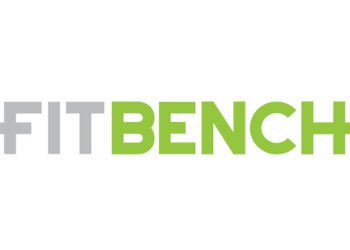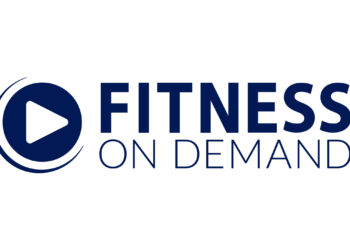As fitness professionals, we are in the business of behavior change. Whether it’s getting a sedentary person to move more, helping a sometimes-weekend-warrior develop a regular schedule, or supporting a fat loss client eat more protein and veggies, we must use principles of behavior change to help our clients achieve their goals (not to mention visit us more often, stay with us longer and refer us to their friends).
We know above all else, consistency is key to our clients hitting and maintaining their health and fitness goals. Turn exercise into a habit, and healthy living into part of someone’s identity, and they’ll be an exerciser for life.
If you analyze your library of client success stories, how many of your clients who have achieved and sustained their goals hated — and continue to hate — exercise?
We’re guessing it’s not many. At some point along the way, they experienced enough enjoyment that continuing their fitness journey became more appealing than throwing in the towel. The rewards of exercising overshadowed the early mornings, the drive to the gym, the membership fees and the time commitment.
The Habit Loop
You may be familiar with the habit loop, the process by which we build habits that was popularized in Charles Duhigg’s book, ”The Power of Habit.” This framework proposes all habits share three common components: the cue, the routine and the reward.
We can work with our clients to adjust these components to promote healthy behaviors.
- Keep forgetting to drink water? Make the cue more obvious by keeping your water bottle in your line of sight at your desk.
- Have a post-dinner mindless snacking routine? Swap out chips for crunchy vegetables or fresh fruit.
- Feel like the benefits of working out are taking too long to see? Give yourself a reward for keeping up your routine.
The reward component of the habit loop is the key to turning a behavior into a habit. If our clients do not perceive their behavior as resulting in a positive reward, they are less likely to continue that behavior moving forward. If our clients do perceive a positive reward, a positive feedback loop is created and they are more likely to continue the behavior.
In his book, ”Atomic Habits,” James Clear proposes laws of behavior change as they relate to the habit loop. He states that, in order for a habit to stick, the reward for any given behavior must be ”both satisfying and immediate.”
While we may not be able to accelerate the physiological adaptations our clients desire, we can create small immediate rewards to make the process more enjoyable for them. In other words, we can help our clients to feel good about exercise, so they want to keep coming back for more.
How can we make exercise more rewarding and enjoyable for our clients? Here are some recommendations:
- Give immediate feedback
- Make the experience personal
- Acknowledge effort and consistency
- Offer incentives and chances to win
- Create touchpoints with clients
Immediate rewards that help our clients feel good about exercise may come in many forms, including personalized feedback, points, chances to win, recognition and more. Reinforce your clients’ positive behaviors by offering rewards that make them feel encouraged and acknowledged, and you’ll set them up to achieve and sustain their goals.
Emily Sopo is a master trainer and senior account manager at Myzone. To get in touch, please visit myzone.org.
Stay ahead in the fitness industry with exclusive updates!
Myzone is a unique wearable fitness brand that rewards effort rather than ability, motivating its users to feel good about exercise and work harder. Myzone uses inclusive, game-based mechanics and social elements to build communities together on the Myzone app. Myzone creates personalised zones for each user, based on their maximum heart-rate, which means anyone can compete together on a level playing field.









